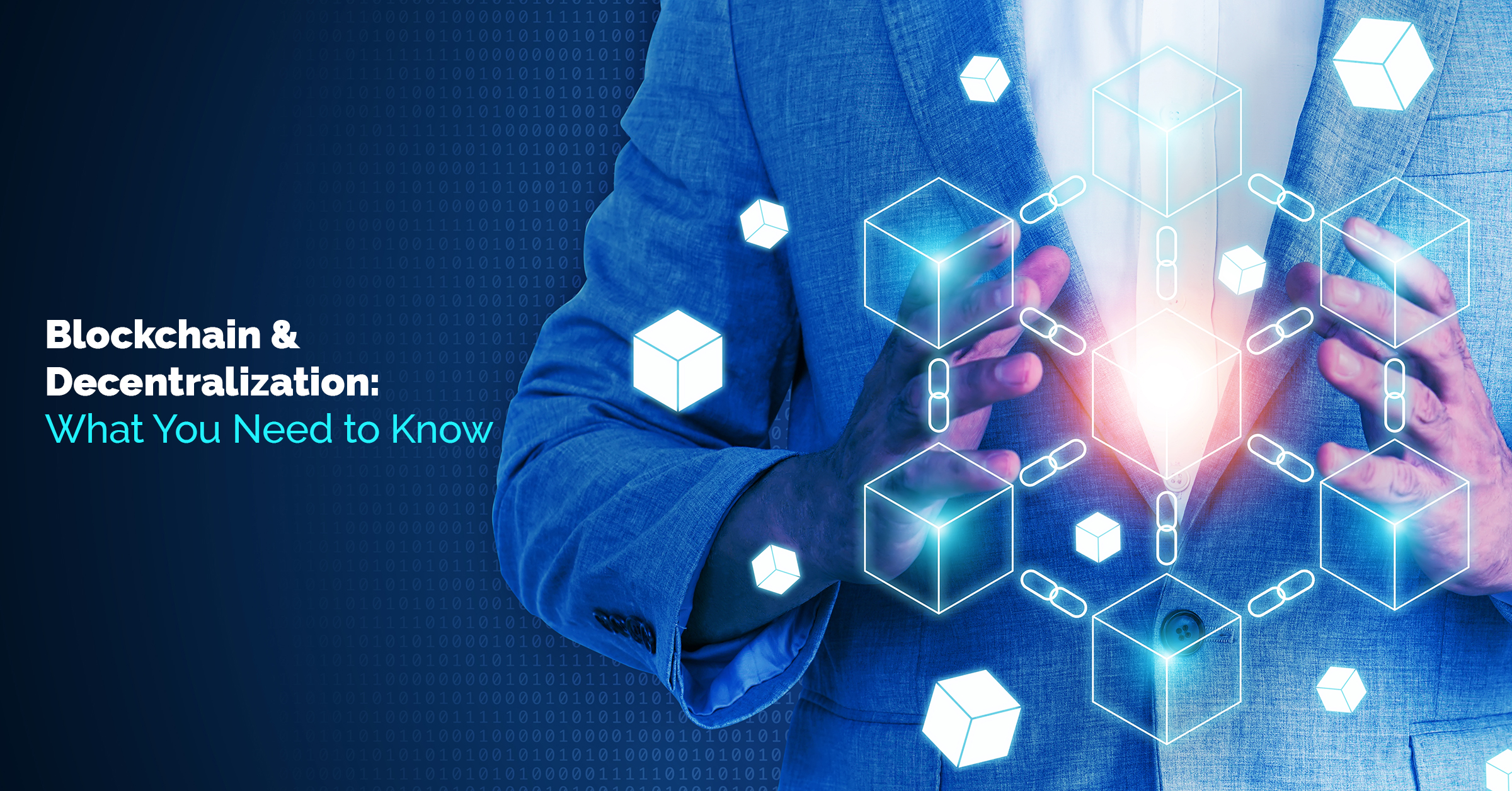The rapidly expanding blockchain technology space has reintroduced decentralization to the forefront of techno-social framework architecture, as well as the role of decentralized technical infrastructures in achieving specific social, economic, or political objectives.
Since its inception, blockchain has vowed to eliminate the need for reliable third parties. However, if blockchain is really decentralized depends on what is regulated and how the regulation is carried out in reality. As more companies look at blockchain, this differentiation becomes more relevant. Decentralization is intended to bring numerous advantages, but those benefits could be elusive if decentralization fails in practice.
How blockchain governance is implemented can be somewhat different from how blockchain governance is envisioned. There is no universally accepted concept of blockchain, although one widely used in popular culture describes it as a public ledger owned by various parties that may add transactions to it. This means that both parties’ modifications are expressed consistently. This can be advantageous if reconciling inconsistent ledgers is expensive.
Proponents of blockchain believe it would be practically immutable without being centralized, which means it would not need a reliable third party to vote on the ledger’s material. The first blockchain implementation, Bitcoin, has succeeded in allowing digital transfers to be made without the need for a trusted third party.
Do you want to learn everything there is to know about blockchain technology? Start the journey to become a Certified Blockchain Expert with the Blockchain Council!
Defining Decentralization
The transition of power and decision-making from a centralized body (individual, agency, or community thereof) to a distributed network is referred to as decentralization in the blockchain. Decentralized networks aim to minimize the amount of trust that users must put in one another and to prevent them from exerting power or influence over one another in ways that damage the network’s functionality.
Decentralized networks are made up of nodes, or computers, that communicate directly with one another without the use of third parties. Knowledge is transmitted to one of the network’s “nodes” in a decentralized network. All stored data is kept up to date in each node.
Decentralized networks can also relay data such that confidential information can be checked without having to share it with a third party. Until data is securely imprinted into a blockchain, it is checked using an agreed-upon consensus process, which also includes the other machines on the network verifying the authenticity of the data.
Why decentralization matters
The principle of decentralization is not recent. Three main network configurations are commonly viewed when developing an infrastructure solution: clustered, distributed, and decentralized. Although decentralized networks are often used with blockchain applications, a blockchain implementation cannot necessarily be classified as decentralized or not.
Rather, decentralization should be applied to all aspects of a blockchain implementation on a sliding scale. The greater and fairer operation can be accomplished by decentralizing resource control and access in an application.
Decentralization has some drawbacks, such as reduced transaction throughput, but the benefits of increased stability and service levels outweigh the drawbacks.
Decentralization’s Advantages
- Provides a trustless environment
No one has to know or believe someone else in a shared blockchain network. In the type of a distributed ledger, each member of the network has a copy of the very same data. If a member’s ledger is tampered with or compromised in some way, the rest of the network’s members will oppose it.
- Increases the accuracy of data reconciliation
Companies also share information with their associates. This data is then converted and processed in each party’s data silos, only to be resurfaced when it’s time to transfer it downstream. Any time data is transformed, the possibility of data leakage or inaccurate data entering the workstream increases. Any person has access to a real-time, shared view of the data thanks to a decentralized data store.
- It eliminates weak points
Decentralization can help to mitigate points of vulnerability in processes where individual agents are too reliant. Systemic deficiencies may result from these flaws, such as inability to deliver promised services or inadequate service due to resource depletion, intermittent outages, bottlenecks, a lack of adequate rewards for successful service, or corruption.
- Optimizes resource distribution
Decentralization will also aid in resource allocation optimization, ensuring that promised programs are delivered with higher efficiency and quality, as well as a lower risk of catastrophic failure.
- Disintermediation
The removal of intermediaries by peer-to-peer information and value sharing allows for more structurally stable economies. Removing fee-based financial service intermediaries — such as those that handle currency transfers, foreign exchange trades, account clearance, and escrow services — can help to reduce complexity and costs.
How does decentralization stack up?
Wherever possible, decentralization can be used. Since it’s a blockchain program, it doesn’t have to be fully decentralized. Any blockchain solution aims to include what its customers need, which may or may not entail such degrees of decentralization.
Each network architecture has its own set of advantages and disadvantages. Unlike distributed networks, decentralized blockchain systems, for example, emphasize protection over efficiency. As a result, as a blockchain network grows or shrinks in size, the network becomes more stable, but functionality suffers as each member node must verify all data added to the ledger. Adding more people to a decentralized network will make things better, but it isn’t always quick.
Who is developing blockchain apps that take advantage of decentralization?
Decentralization varies depending on the network protocol, decentralized application (dApp), Decentralized Autonomous Organization (DAO), or any blockchain-related approach. The sophistication of the approach, the time-proven durability of its compensation structures and consensus processes, and the willingness of the founding team to find the right balance determine the acceptance level.
Many DAOs, for example, have components at various levels of decentralization: oracles (third-party providers that supply smart contracts with external information) may be partially decentralized, smart contracts may be completely centralized, and the governance mechanism for changing criteria may be community-driven and decentralized.
Wrapping up
Decentralized blockchain technologies are being discussed and implemented by companies of all types, sizes, and industries on a larger scale. Applications that offer direct international or humanitarian assistance to those in distress without the involvement of a bank, government, or third-party agency are noteworthy examples. Alternatively, apps allow users to control their own digital identity and records. Today, social media outlets, businesses, and other organizations offer this knowledge for a profit, with little value to the user. It would be easier to make it fair for all if it were decentralized.









